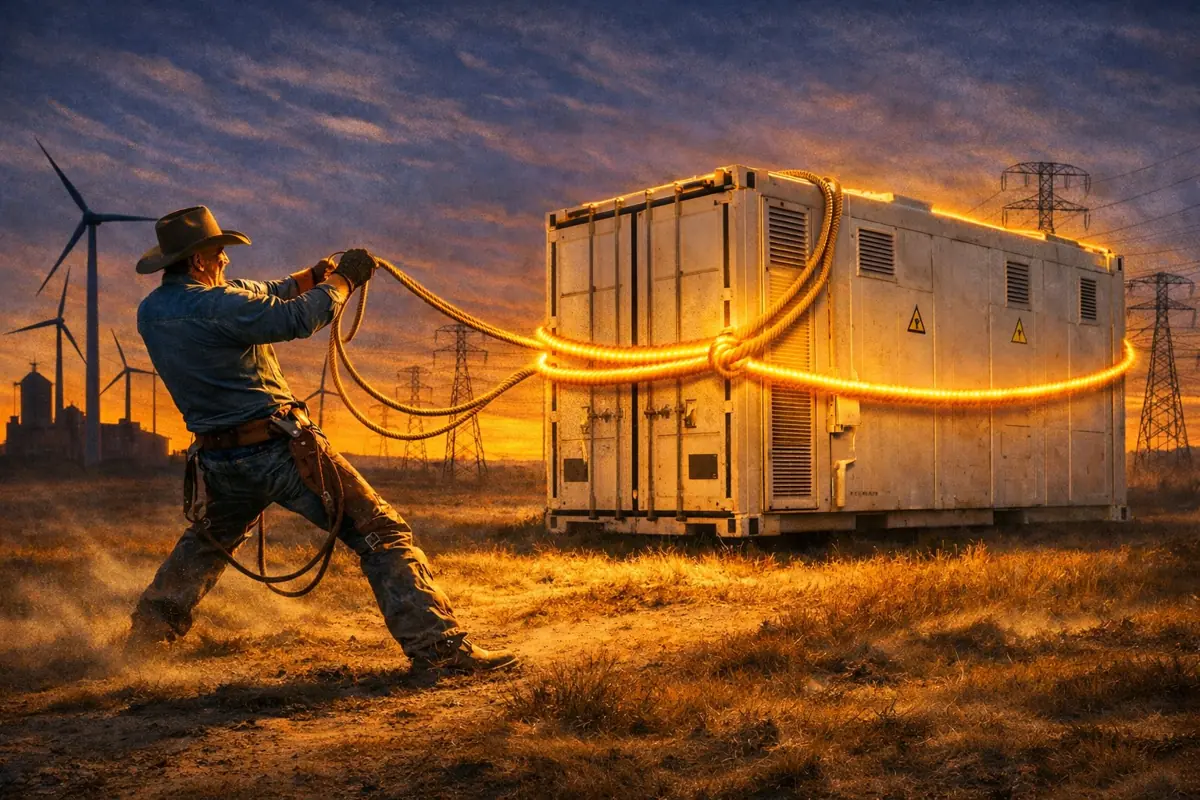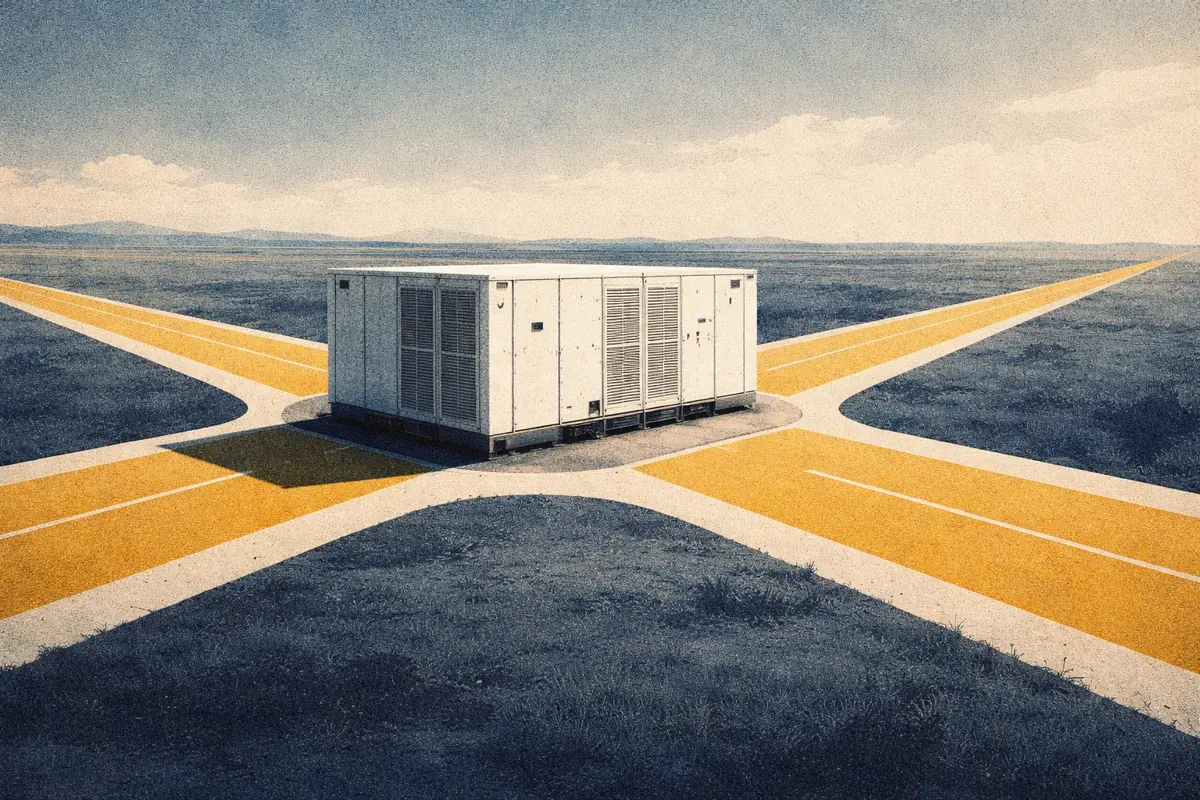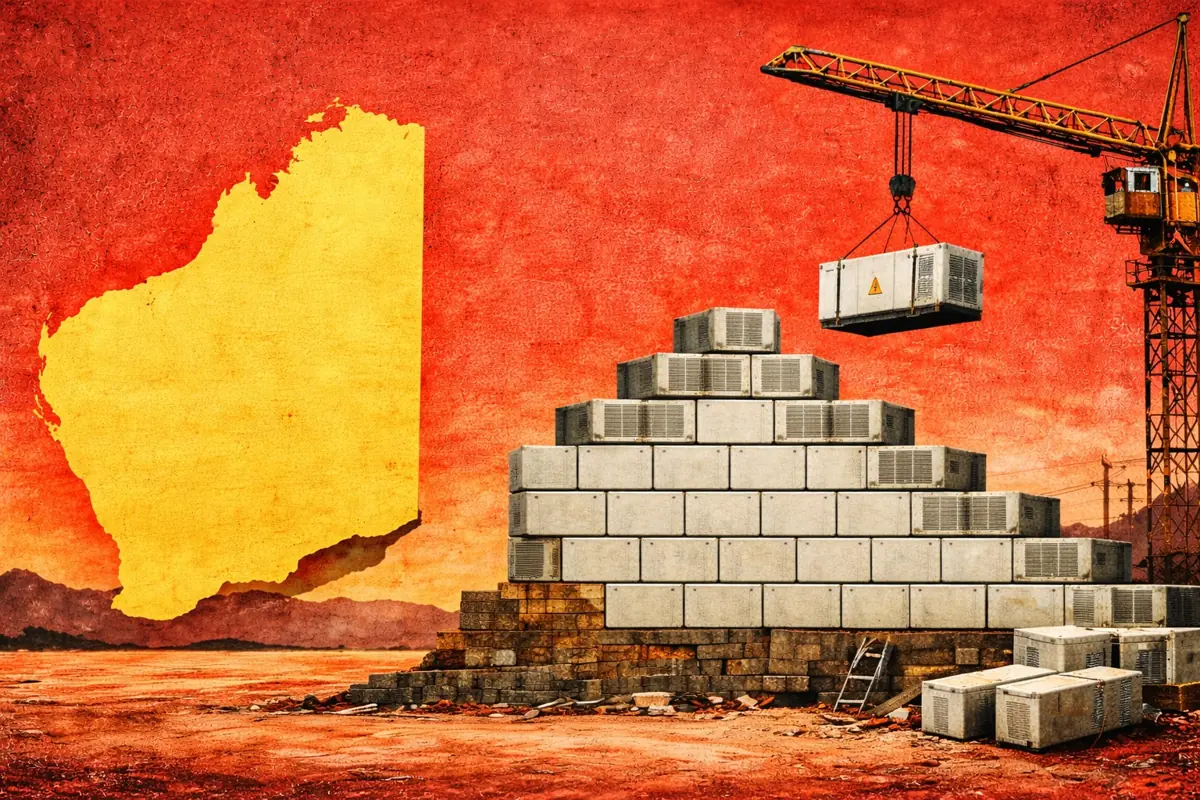Balancing Mechanism skip rates: batteries vs. other technologies
Balancing Mechanism skip rates: batteries vs. other technologies
Earlier this week, we explored the “skip rates” of battery energy storage in the Balancing Mechanism. (Plus and Enterprise users can check out the Deep Dive, and everyone else can see the Quick Take version.) In 2023 so far, just 3% of in-merit, available battery capacity has been activated.
But how does this compare to other technology types? Are batteries actually less likely to be dispatched? Or is battery skip rate roughly in-line with the average?
In June, batteries had a higher proportion of in-merit capacity than all other technology types
Across the entire month of June, nearly 60% of all battery energy storage Bid and Offer volume in the Balancing Mechanism was “in merit”. “In merit” means that the Bid or Offer was cheaper than the most expensive action - and should, in theory, have been taken.
Of all technology types in the Balancing Mechanism, batteries priced themselves “best” - in theory, this gave them a better chance of being activated than any other asset class.

Wind had a relatively low level of in-merit capacity. Most available wind volume in the Balancing Mechanism comes from Bids - which means turning down. These bids are priced to cancel out the money they would lose from their subsidies (for non-delivery) - which makes them some of the most expensive Bids in the stack, and therefore out of merit.
Traditional, fuel-burning generators were more likely to be dispatched in June
Of that available, in-merit capacity, what proportion actually got dispatched in June?
Already a subscriber?
Log in







